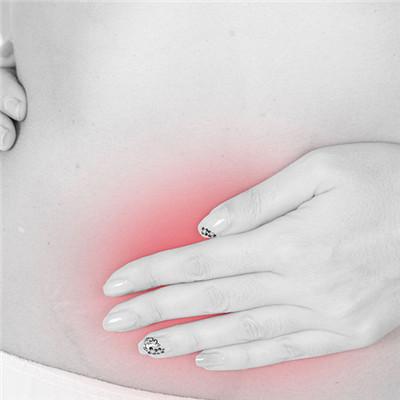Recurrent symptoms of osteomyelitis?
summary
Osteomyelitis is an infection and destruction of bone, which can be caused by aerobic or anaerobic bacteria, mycobacteria and fungi. Osteomyelitis often occurs in long bones, feet of diabetic patients or penetrating bone injury sites caused by trauma or surgery. The most common site in children is the long bone with good blood supply, such as the metaphysis of tibia or femur.
Recurrent symptoms of osteomyelitis?
Osteomyelitis is an inflammatory disease caused by pyogenic bacteria infecting bone marrow, bone cortex and periosteum. Most of it is caused by blood, trauma or surgical infection. It is mainly caused by the pyogenic bacteria of furuncle, carbuncle or other lesions entering the blood and reaching the bone tissue.

Both ends of the limb bone are most vulnerable to invasion, especially the hip joint. In clinical practice, recurrent attacks are common, which seriously affect physical and mental health and labor ability.

Fungal and mycobacterial infections are often limited to bone and cause painless chronic infection. Risk factors included consumptive diseases, radiotherapy, cancer, diabetes, hemodialysis and intravenous medication. For children, any process that causes bacteremia may induce osteomyelitis.

matters needing attention
Patients with osteomyelitis often have localized bone pain, fever and discomfort, suggesting that osteomyelitis may occur. The white blood cell count was normal. But ESR and C-reactive protein increased. X-ray examination showed bone destruction, soft tissue swelling and subchondral bone plate invasion 3-4 weeks after infection. Intervertebral disc space narrowing and bone destruction with vertebral shortening. If X-ray findings are not clear, CT examination can be used to determine the diseased bone and show the formation of paravertebral abscess. Radiation bone scan can reflect in the early stage of the disease, but can not distinguish infection, fracture and tumor. Puncture biopsy and surgical biopsy can be performed through intervertebral disc space or infected bone.















